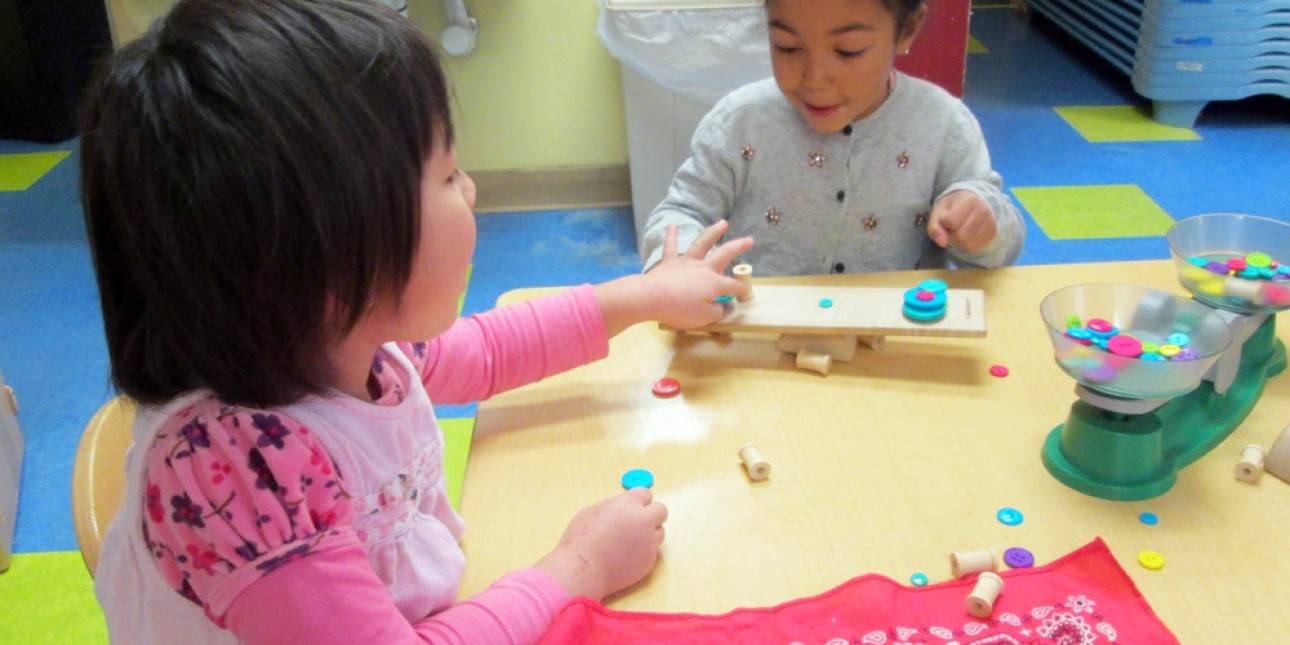Message from Tamara: Problem Solving

What problem does it solve?
The Grasshoppers, a pre-k classroom at PIC, are deep into an investigation of simple machines and inventions, and the question, "What problem does it solves?" has become a recurring theme.
They have explored everything from sleds to scales, each time interrogating the ways that the invention works. They have created their own fantastical inventions, on paper and in three-dimensions.
At morning meeting, they have taken turns describing their machines, everything from a type of sea plane to a motor vehicle designed with special wheels, each time answering the question, “What problem does it solve?”
Critical thinking is at the heart of how young children learn. In daily life, many of our questions are kept at the surface, “What’s your favorite color?” “Would you like milk or water?” In an inquiry-based early childhood classroom, however, young children are invited to go deeper, to investigate the how’s and the why’s through play, conversation, projects, and documentation. And research has shown us time and again just how important this type of critical thinking is.
In the younger Fireflies classroom (3 and 4-year olds), the children now proudly understand themselves to be scientists. They have spent the past month engaged in all manner of experiments, from observing the changes in ingredients as they are mixed for a cooking project, to experimenting with the classic combination of baking soda and vinegar. They have made predictions, thinking critically about possible outcomes, and then re-evaluated their predictions after observing the results.
As part of the Keystone Stars program, the state of Pennsylvania evaluates early childhood programs using the tool called the Environmental Rating Scale, or ERS. For many years, this assessment tool focused on the physical environment of classrooms (how many math manipulatives are on the shelf?) and the health and safety practices (do children wash their hands frequently enough?). This year, a revised edition has been released, and it is focused much more on teacher interactions and critical thinking.
It is exciting to see this assessment tool reflect what research has shown to be best practice. It is no coincidence that the classrooms at PIC have long held inquiry-based learning at the core of our work, and we are proud to foster the critical thinking of our young inventors and scientists!